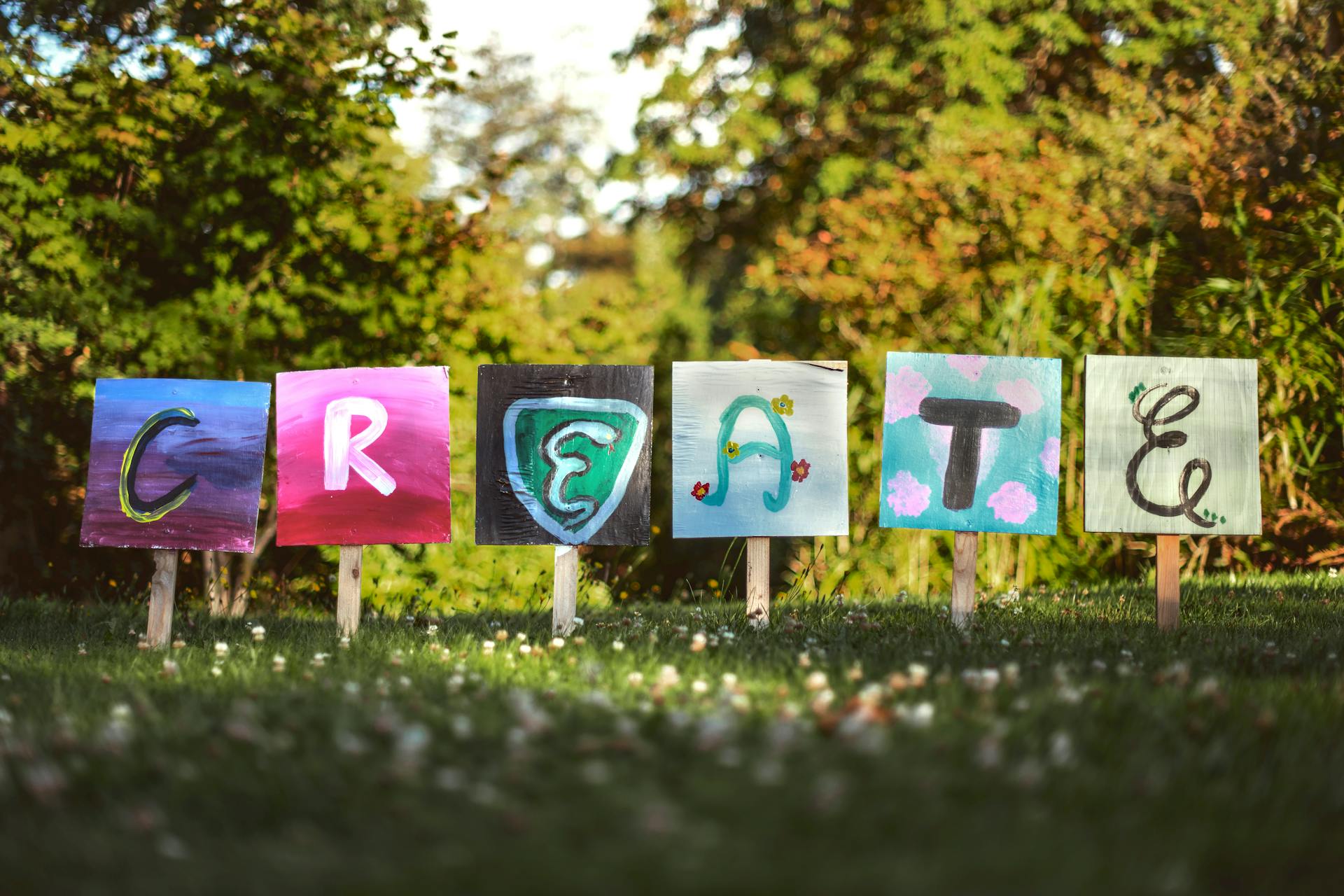

It’s easy to fall into a trap of productivity. We schedule every minute, attend meetings back-to-back, and chase productivity. From the outside, this looks impressive. But underneath? It’s a creativity killer.
Creativity doesn’t thrive in tight schedules. It requires space, silence, and spontaneity. If every hour is planned, ideas cannot wander, evolve, or surprise us. Due to this, the structures designed to increase our effectiveness actually limit our ability to think creatively and innovate.
If your schedule is overflowing and your creativity feels dry, you’re not alone. We’ll explore why over-scheduling stifles creative thinking and how to make more space for your best ideas.
The Problem with Constant Scheduling
Our natural tendency towards organization can, paradoxically, be our undoing. Having an overfull calendar harms your creative output for these reasons;
Creativity requires mental space.
Rather than thinking of your mind as a hard drive, consider it as a vibrant garden. It is impossible to make delicate flowers bloom by shouting at them or meticulously watering them at 2:00 p.m. In the same way, creativity flourishes when your mind has the luxury of wandering, daydreaming, and forging unexpected connections between disparate strands of data.
When your day is crammed with tasks and responsibilities, imagination cannot breathe. As we rush from one meeting to the next, one notification to the next, one urgent task to the next, we never take the time to exhale, process, and synthesize thoughts properly. Often, true creative leaps are triggered by subconscious processes, but this constant state of ‘doing’ prevents this from happening.
Over-scheduling encourages reactive thinking.
You’re in constant response mode when your calendar is packed. As a result, you become a continuous reactor, constantly responding to incoming requests, reacting to emails, and frantically chasing arbitrary deadlines. This leaves little or no mental bandwidth for exploring new ideas, strategizing long-term, or imagining innovative solutions. To think creatively, you must take unstructured time in which your primary goal is not to do something immediately, but simply to think, explore, and allow ideas to flow.
In being perpetually reactive, we lose precious little time for exploration, experimentation, or asking the fundamental, open-ended questions that lead to true innovation.
Stress crowds out creativity.
An undeniable link exists between chronic stress and reduced cognitive flexibility. Under constant stress, your brain automatically shifts into survival mode. Instead of exploring expansive, divergent solutions to creative problems, it narrows its focus to immediate threats and known solutions.
As a result of overscheduling, stress levels rise because recovery time is systematically reduced. No matter how passionate you are about your work, constant activity without adequate downtime quickly drains your mental and emotional reserves. While you may still accomplish things (even if it is less efficiently), sustained stress reduces your ability to think outside the box, generate novel ideas, and connect disparate concepts.
Signs You’re Over-Scheduling Yourself
Does any of this sound familiar to you?
- As soon as you wake up until the moment you go to bed at night, your day feels like an endless treadmill.
- You frequently postpone or cancel tasks that require deep thought or creative input, always prioritizing the “urgent” over the “important.”
- It has been weeks or even months since you came up with a truly new or exciting idea.
- Every time you take a break, even a short one, you feel guilty, seeing it as unproductive.
- You use your weekends to “recover” rather than recharging your batteries, pursuing hobbies, or enjoying fulfilling activities.
The good news is, if these signs resonate with you, your situation can be fixed. However, transformation begins with a fundamental shift in mindset.
The Solution: Create Room for Creativity
You don’t have to choose between a structured, effective life and a vibrant, creative one. To let creativity flow freely and surprise you, you need to include unassigned, open-ended time into your schedule intentionally.
To cultivate that crucial breathing room, follow these steps;
Add white space to your calendar.
White space is simply unscheduled time blocks where nothing is rigidly planned, and you can wander, think, or do nothing at all without feeling guilty. It’s not wasted time; it’s incubation time. When your brain processes information beneath the surface, subconscious connections are formed, allowing you to leap from one problem to another.
Start small and build momentum;
- Allow 30 minutes of buffer between meetings that are back-to-back. As a result, you can decompress mentally, take physical breaks, and never be late again.
- Each week, set aside an afternoon or morning for “open time” where you have no specific tasks to complete, only the freedom to explore.
- Every week, designate a meeting-free day (e.g., “No Meeting Wednesdays”). Communicate this to your team and protect it relentlessly.
Make the most of these open slots. It’s fertile ground for your next big idea.
Batch tasks to reduce context switching.
Switching from complex reports to emails, then to chatting, burns enormous mental energy. As a result of this “context switching,” sustained creative work is difficult.
Instead, plan your day this way:
- Group similar tasks together. Allocate specific time blocks to handling email, administrative tasks, meetings, and client calls.
- Reserve specific, optimal blocks for deep, creative thinking. Many find this to be the best time of day for energy and focus.
- Keep the afternoons light. Take advantage of this time by doing lower-stakes work, exploring, or completing tasks that do not require intense concentration.
By limiting transitions throughout the day, you preserve mental clarity and sustained focus for your most important (and imaginative) tasks.
Protect deep work like a meeting.
If you weren’t feeling it, you wouldn’t cancel a crucial meeting with your boss or a high-value client. Do the same for your dedicated creative time.
Protect your deep work by:
- Your calendar should have dedicated “deep work” slots. You should also make them recurring.
- During these times, turn off all non-essential notifications. Further, you should put your phone in another room.
- In the same way you would inform an external meeting of your absence, let your team know you are unavailable. Provide status messages, such as “In deep work, will respond later.”
By being consistent, you build trust in yourself and your process. As you protect these sacred blocks, your brain is more likely to drop into a powerful “flow state,” which allows ideas to flow freely.
Prioritize input before output.
There’s no such thing as a magic wellspring of creativity that never runs dry. You’ll eventually run out of raw ideas if you’re constantly producing (output) but never acquiring new information, experiences, or perspectives (input).
Regularly schedule time for;
- Reading widely. Read books, challenging essays, long-form articles, and do research outside of your area of expertise.
- Listening and learning. Attend thought-provoking webinars, listen to podcasts, or look for inspiring events.
- Exploring different art forms, music, or nature. It feeds the subconscious and transcends your professional niche.
Often, creativity is inspired by unexpected combinations of seemingly unrelated inputs into something entirely new and unique. So, allow yourself to be curious again.
Embrace boredom.
Boredom is often regarded as something we need to fill immediately or escape from in our hyper-stimulated world. The paradox of boredom, however, is that it often generates breakthrough ideas.
Whenever you are bored — when you do not have immediate external stimulation—your mind begins to seek it internally. You usually come up with new ideas, innovative solutions, and creative insights when your default mode network kicks in. This explains why so many people report their best ideas arrive in the shower, on a leisurely walk, or while driving in silence.
Try being in the moment instead of scrolling through social media or watching content;
- For a few minutes, sit in silence.
- Let your mind wander while staring out a window.
- Take a walk without your phone or headphones.
When your brain isn’t constantly being bombarded with external inputs, innovative ideas and solutions might emerge.
Set creative goals — not just output goals.
As most of our calendars are filled with output-centric goals: “Publish a blog post,” “Publish a quarterly report,” “Finish a client presentation.” While these are important, creativity also needs input-centric goals.
Consider scheduling goals such as;
- “Explore three original concepts for [project].”
- “Mindmap of potential article titles for [topic]”
- “Freely sketch for 20 minutes with no particular outcome in mind.”
- “Take 30 minutes to experiment with a new tool.”
If you’re solely focused on deadlines, you can’t explore and experiment without immediate pressure to produce a perfect outcome. Without looking for ROI right away, give yourself explicit permission to create for the sake of creating.
Reframe breaks as part of the process.
Many people consider breaks to be interruptions or signs of weakness or procrastination. When it comes to creativity, though, nothing could be further from the truth. Studies show that alternating periods of focused work and intentional downtime improve problem-solving skills, enhance memory retention, and stimulate imagination.
Integrate breaks strategically;
- Use the Pomodoro Technique (25 minutes of focused work followed by a 5-minute break).
- When completing longer sprints, take a 20-minute movement or rest break after 90 minutes of deep work.
- Get up, walk around, stretch, step outside for fresh air, breathe deeply, or take a moment to daydream during your breaks.
These breaks are like a compost pile for your ideas. If you don’t give your mind time to replenish and synthesize, your best ideas will not flourish.
Final Thoughts: Your Best Ideas Need Breathing Room
Trying to be creative between back-to-back Zoom calls isn’t possible. In many ways, it’s an unpredictable, delicate, spontaneous process.
It’s time to redesign your schedule with intention if your calendar is crushing your creative instincts. By letting go of the guilt surrounding unstructured time, you’ll realize that empty time is leverage, not laziness.
FAQs
I feel guilty when I’m not working every minute. How do I get past that?
As a result of our productivity-obsessed culture, guilt is a common side effect. To beat it, reframe your thinking: realize rest, reflection, and unstructured thinking don’t replace work, but are essential to high-level productivity. White space isn’t laziness, it’s fuel for innovation.
How much white space should I aim for each week?
Even 2–3 hours of unstructured, unscheduled time per week can make a remarkable difference in mental clarity and creative output. You can start small, perhaps with a 30-minute break between meetings, and gradually build from there.
Can I still be productive with a looser schedule? It feels counterintuitive.
You’ll be more productive, and often. High performers and innovators frequently maintain looser schedules because they can devote more time to deep, focused work, strategic thinking, and creative problem-solving, which are far more critical than over-busyness. It’s more important to focus on quality than quantity.
What if my job is inherently meeting-heavy, and I genuinely can’t reduce my calendar?
Even if you work in a meeting-heavy role, you can find “micro white space.” Between tasks or meetings, take 5–15 minutes to reset your mind, take a deep breath, and think quietly. Take advantage of your early morning or lunch break to clear your mind, and use the “Two-Minute Rule” when dealing with tasks.
I’m not a “creative” person. Do I still need this?
Yes!
Creativity isn’t just for artists and designers. The idea is to find new solutions, develop strategies, improve processes, and innovate across all fields. For anyone seeking better performance and less burnout, cognitive flexibility and thinking beyond existing frameworks are powerful tools.
Image Credit: Tim Mossholder; Pexels
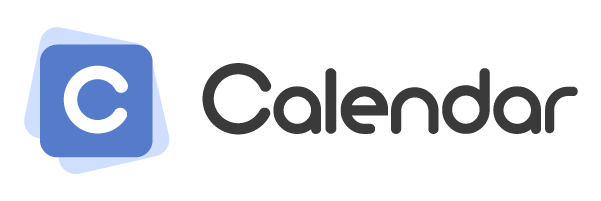

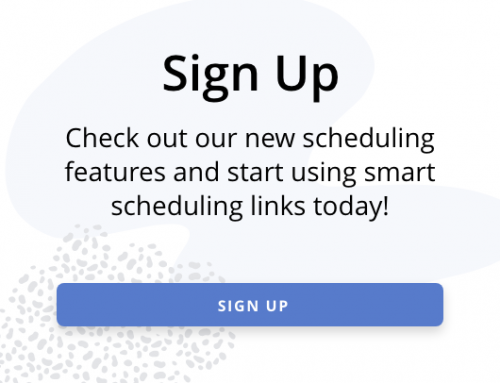



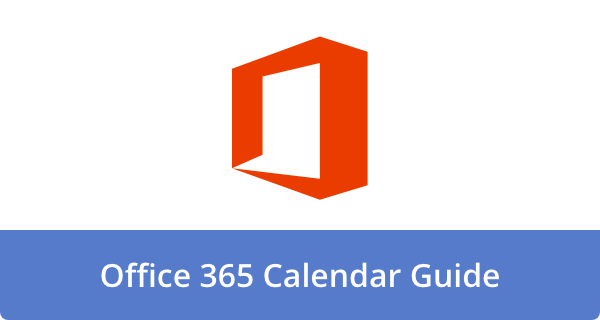
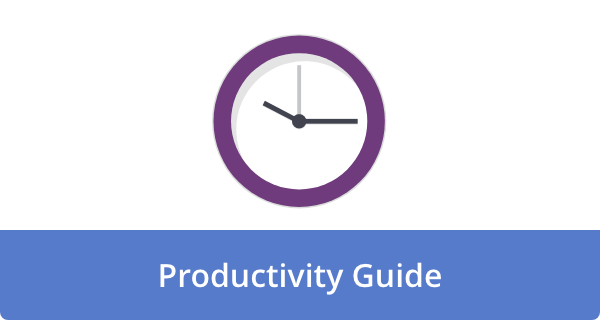
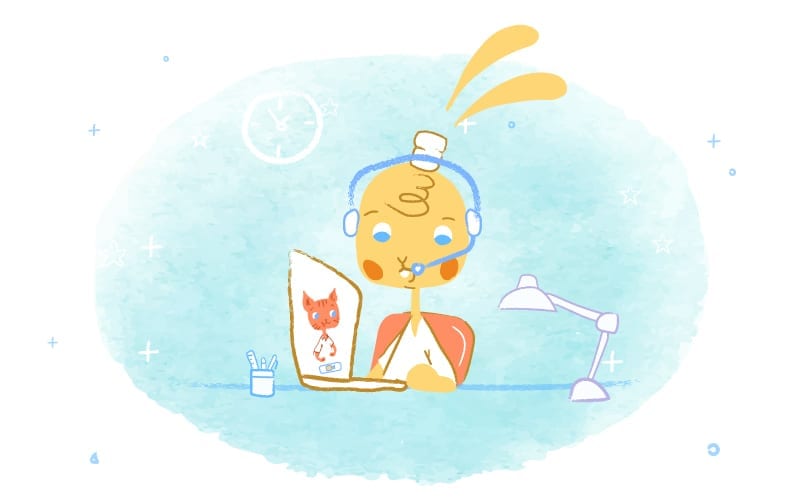

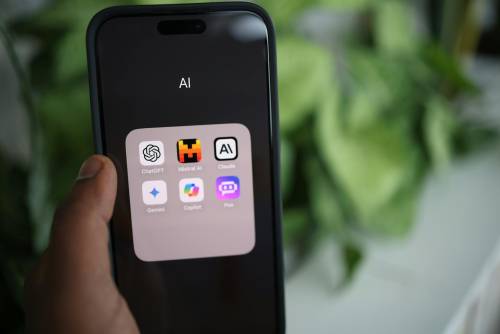
John Rampton
John’s goal in life is to make people’s lives much more productive. Upping productivity allows us to spend more time doing the things we enjoy most. John was recently recognized by Entrepreneur Magazine as being one of the top marketers in the World. John is co-founder of Calendar.